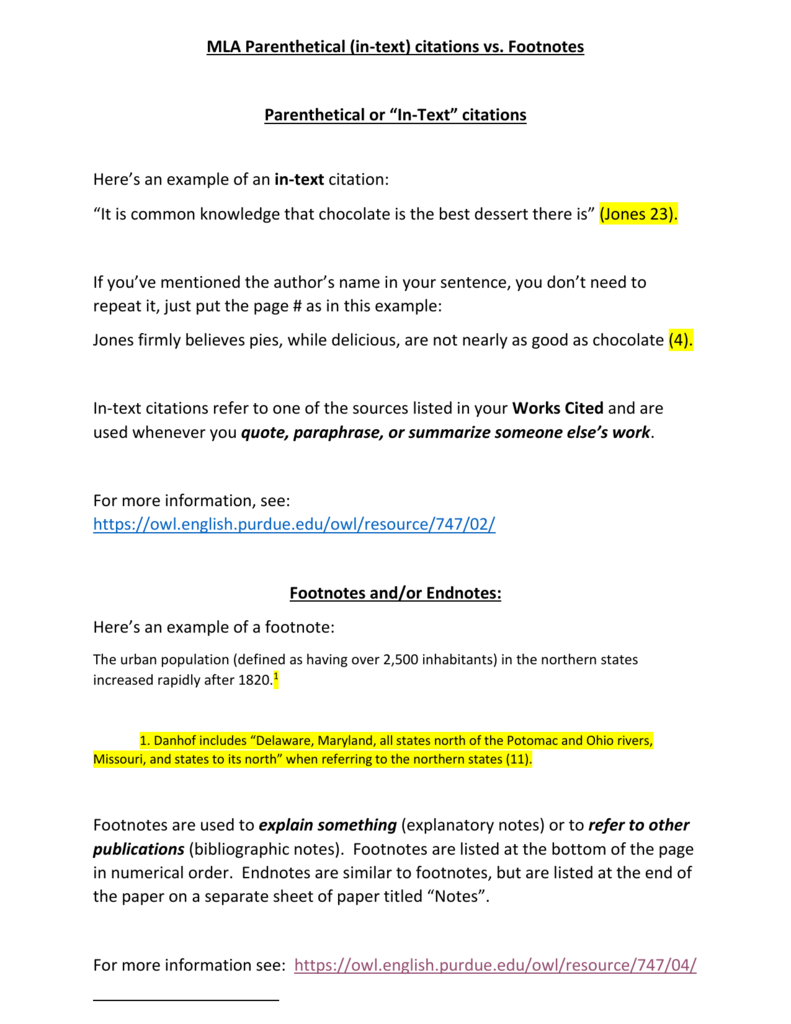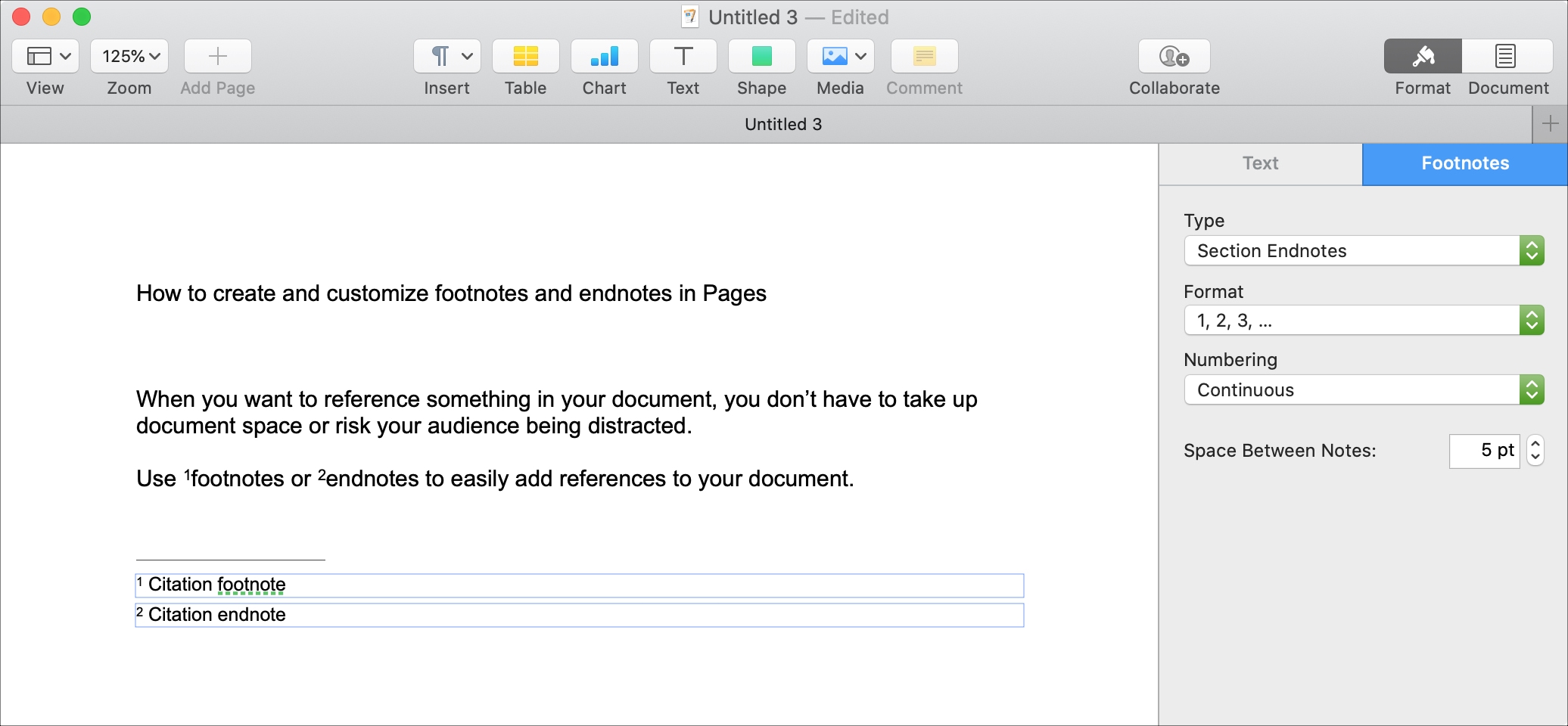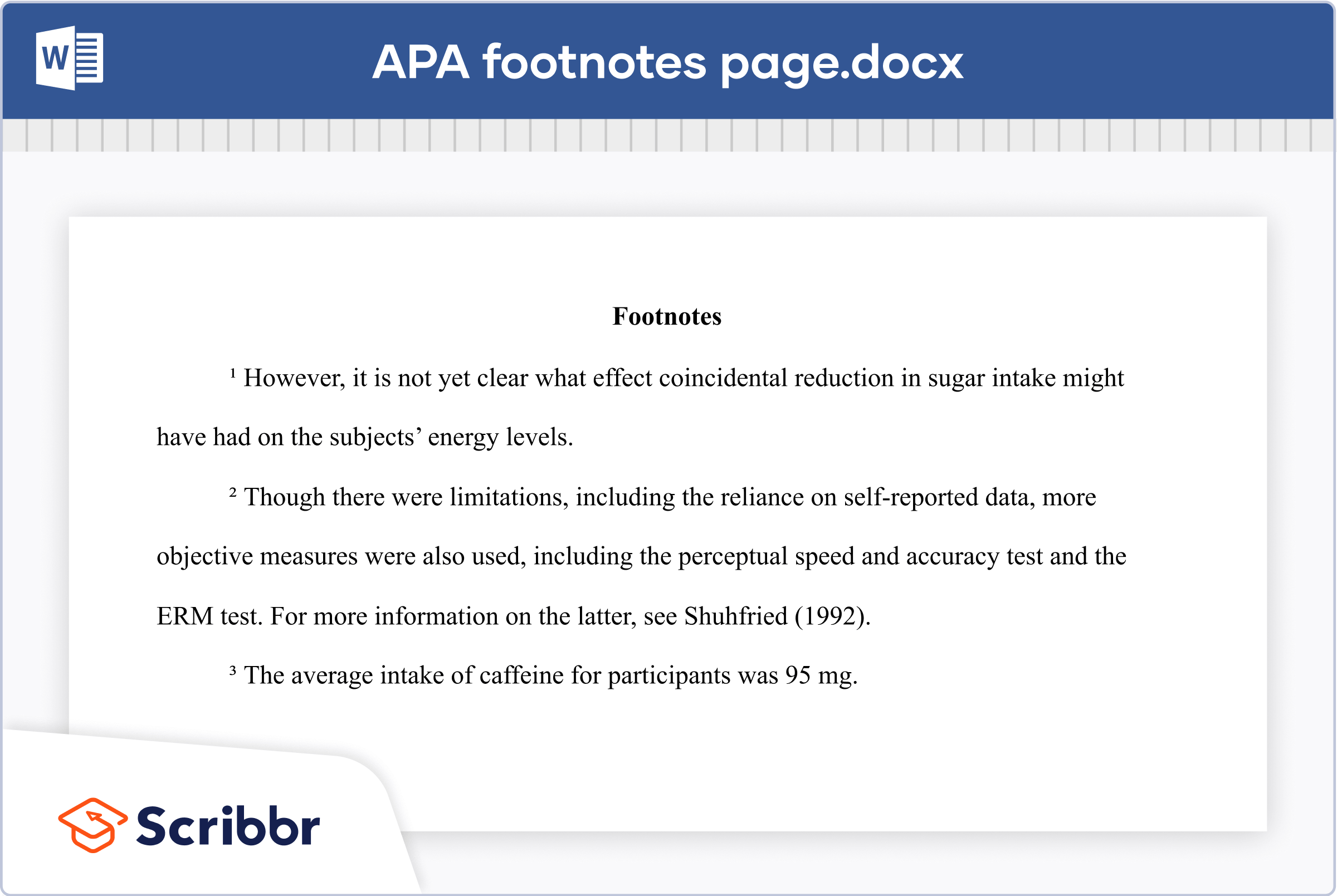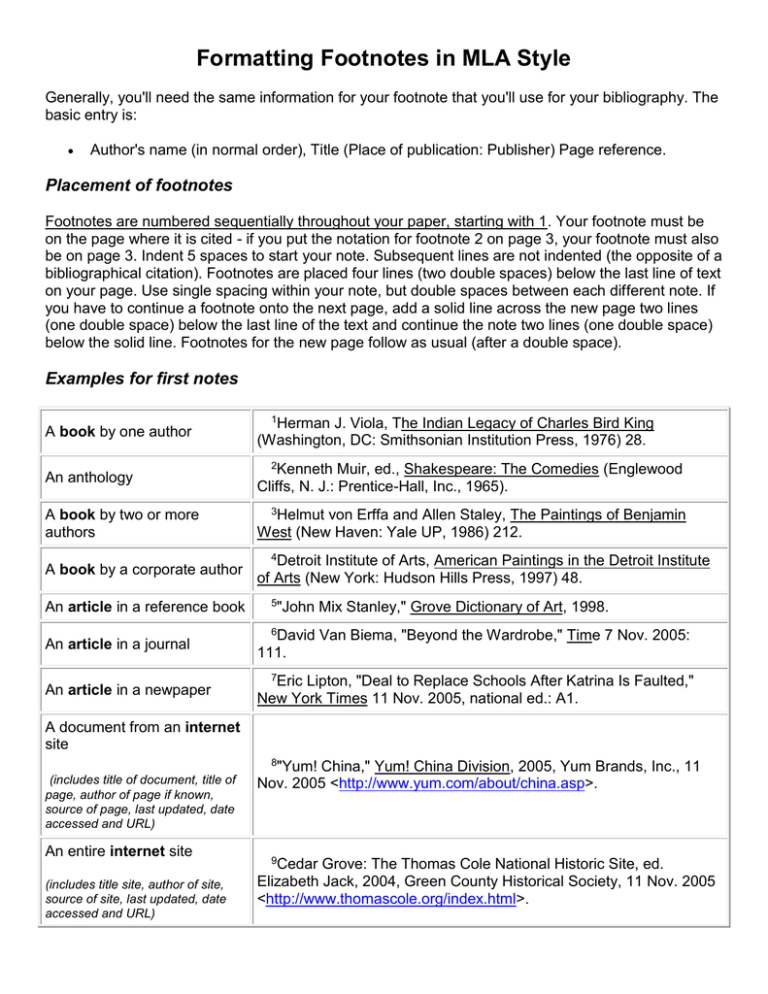Citing footnotes is a way of acknowledging the sources of information and ideas that are used in a written work. Footnotes are used to provide additional information or to give credit to the sources that have been used. They are typically placed at the bottom of the page where the reference appears, or at the end of the document.
There are a few different styles for citing footnotes, depending on the discipline and the specific guidelines that have been given. In general, however, footnotes are used to provide information about the source of a quote, paraphrase, or idea that has been used in the text. The footnote should include the author's name, the title of the work, and any relevant publication information.
There are a few different ways to format footnotes. One common method is to use a superscript number after the quote or reference, with the corresponding footnote listed at the bottom of the page. For example:
"According to John Smith, the key to success is hard work and determination."1
- John Smith, The Secret to Success (New York: Random House, 2010), 10.
Another way to format footnotes is to use an endnote, which is a footnote that is listed at the end of the document rather than at the bottom of the page. Endnotes are often used when there are a large number of footnotes, or when the footnotes contain a lot of detailed information.
Regardless of the specific formatting style that is used, it is important to be consistent and to provide complete and accurate information about the sources that have been used. This helps to ensure that the information in the written work is reliable and trustworthy, and it helps readers to locate the original sources if they want to learn more.
In conclusion, citing footnotes is an important way of giving credit to the sources that have been used in a written work. It helps to ensure that the information is reliable and trustworthy, and it helps readers to locate the original sources if they want to learn more.








